Real fur is fashionable in London again — why Gen Z loves wearing dead foxes

Have you noticed — London has started to resemble a zoo. Not for lack of decorum, mind you, but the sheer number of animal pelts cloaked on people’s backs.
Mink, foxes, weasels, racoons, beavers —you name it; the whole bloody menagerie, not so long ago chain-locked inside wardrobes, is skipping out in pairs like Noah’s Ark the musical. The memory of naked supermodels clinging to PETA placards has, in 30 years, finally faded.
And in what might come as a surprise to some, Gen Z (born 1997 - 2012) and young adults are behind the resurgence. Not very woke, vegan, soup splattered painting and a shrine to Greta Thunberg at the foot of the bed, you say. Quite. But they have an updated guide book when it comes to sustainability ethics — and don't care if it aligns with your conventional wisdoms.
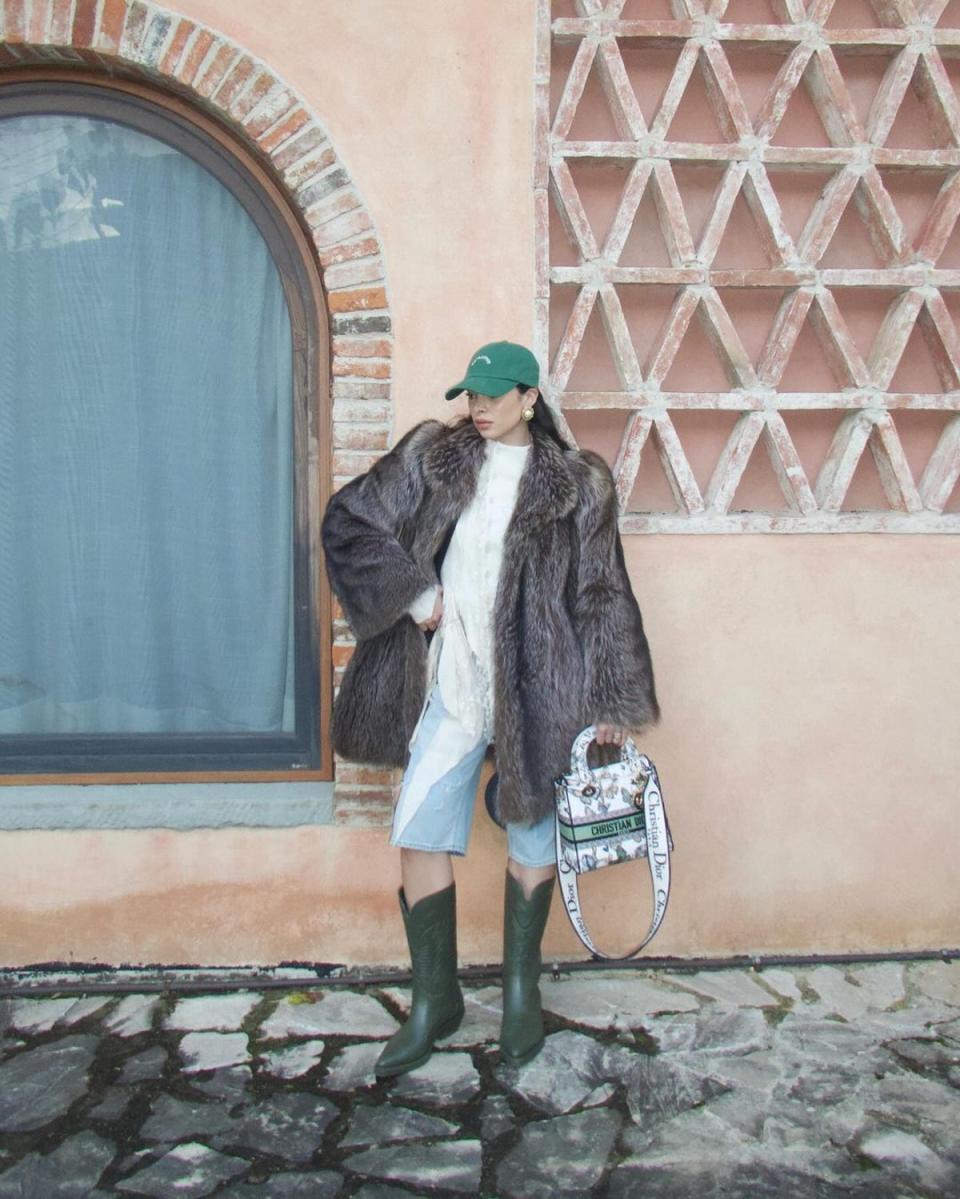
Influencer Federica Labanca, 27, freely posts pictures of herself draped in mink and long hair beaver coats to her nearly 40k followers. “I’ve been wearing my grandma’s vintage coats since I can remember,” she says. “I personally am against new fur, but find it very sustainable wearing coats passed down from generations to generations. Especially when faux fur coats are made out of plastic.”
Leo Sherry, 22, a Central Saint Martins fashion student, agrees. “I wear real fur more or less every day — I've got endless amounts of second hand fur, from burgundy fox fur to sable to chinchilla,” he says. Due to stigma around it, “real fur is normally cheaper, and always chicer, than the alternatives — I buy mine for £60 to £100 in Portobello Market on my lunch break.”
The rush towards floor-length animal overcoats and huge ushanka hats is in part thanks to January’s TikTok-fuelled mob-wife trend (yes, the Carmela Soprano aesthetic). One guide to getting the look by @trovlov, which has 6.6M views, instructs viewers “to dig out your mum’s old fur jacket from the eighties. Nothing screams the golden era of the mob than a jacket that lived in the golden era of the mob.”

There has been no shortage of celebrity endorsement, either. At the Grammys, 24-year old singer Ice Spice’s fur-trimmed, Baby Phat denim look was called out by Peta — “is your heart really that cold?” read their Instagram post. Rihanna opted for a $17,000 vintage Roberto Cavalli mink coat last November, Kendall Jenner swaggered about Aspen in her $27,000 hand-painted, Phoebe Philo shearling fur coat in December, Kate Moss left her 50th birthday party in a white fur trimmed Bob Mackie coat this January while Yasmin Finney opted for a very real-looking fox fur overcoat on Burns night. That, it transpires, is all it takes.
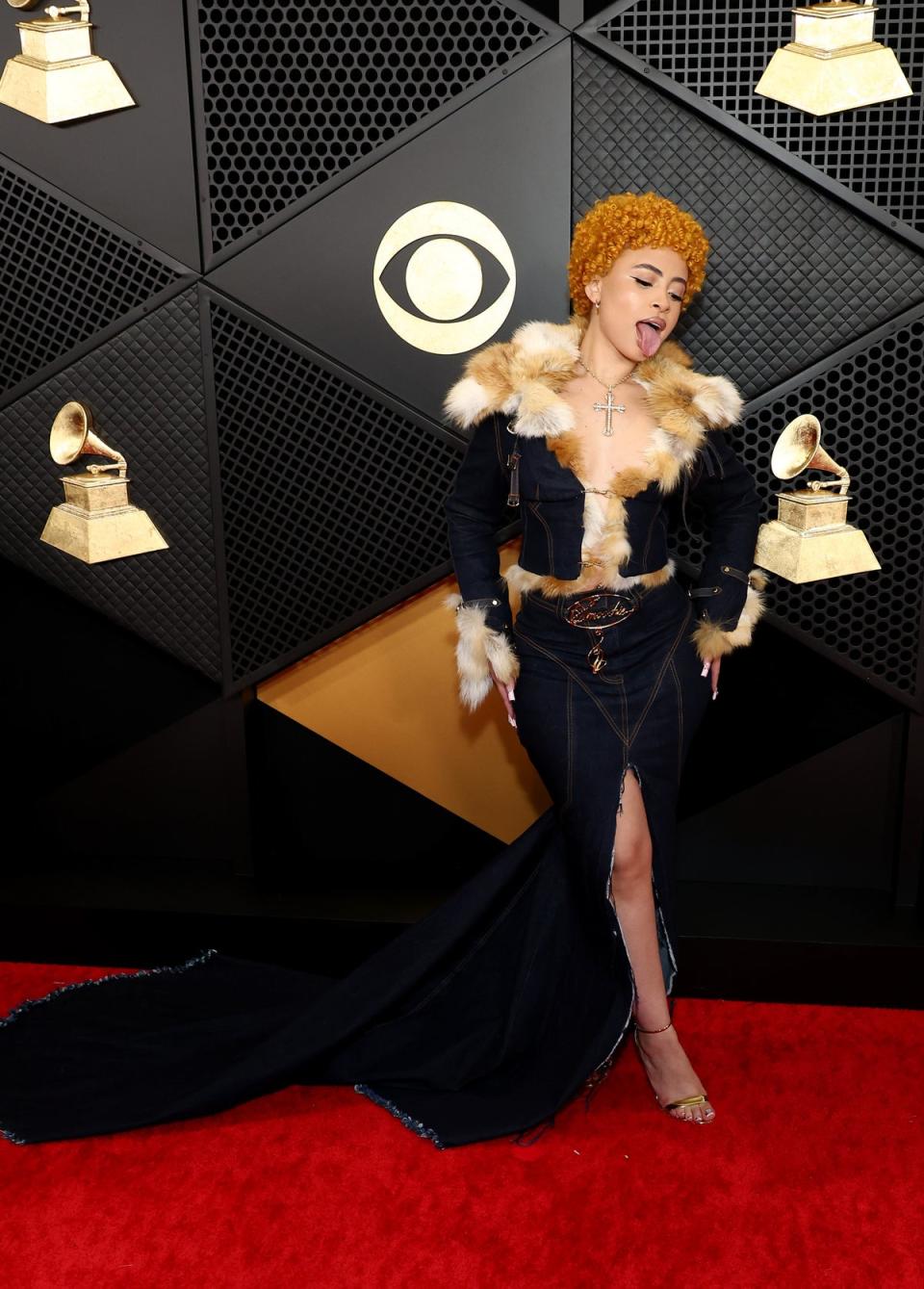
“Mob wife is about individualism and rebellion,” Sherry says. “Wearing real fur in a day and age where it's not always seen as right to do is quite a rebellious little thing. When you wear it, you're immediately stripped from being a sheep in society.”
Ironically, the desire to be different motivates most off-beat style fads; recent highlights include dressing like your grandpa or, ahem, a tomato. As Marta Indeka, senior foresight analyst at trend forecaster The Future Laboratory, says, “for Gen Z, swimming against the current and adopting trends that challenge beauty standards is a way to affirm individuality.”
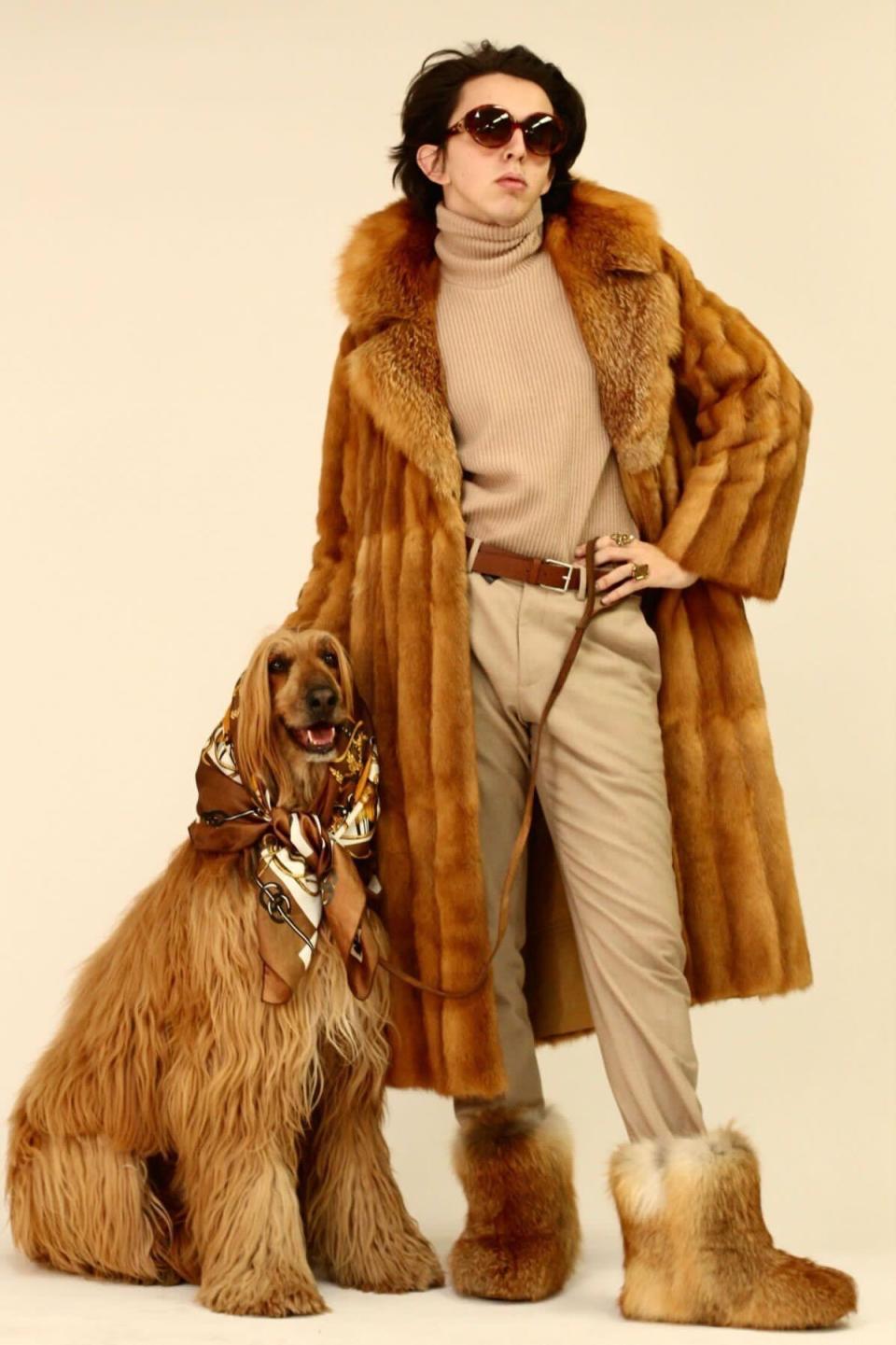
One arts student, who has asked to remain anonymous, testifies to using vintage fur to make a statement. “They are almost always unique and one off, so people notice them. I get about three compliments a day from strangers, so it clearly does one of the jobs you want clothes to do — make you look good,” they say. “I also genuinely feel that by reusing a fur jacket you’re respecting the animal that has been killed for its furs. I’m not onboard with killing, and I do not buy new fur.”
Fur sellers in the capital have noticed the shift in mindset. Pip Chawner, 47, who founded her fur upcycling and womenswear brand Phillipa London in 2015, claims she’s never been busier. She has a 20-person waitlist of customers in search of specific, second-hand pelts. “In the last two or three years the amount of young girls coming to me for vintage fur has increased, because they want to wear a sustainable jacket rather than buying new,” she says. “They're very anti faux fur.”

Best selling fast fashion fakes are typically 100 per cent polyester or an acrylic mix, and take over 1,000 years to biodegrade. That gets up Gen Z's grill. “We should be more worried about buying mass produced s**t from ASOS every month, which causes huge landfill and destruction of natural habitats, resources and overall climate decline,” says the anonymous student. “True circular fashion is the way forward — second hand purchases from local traders, like the Frock Me! vintage fair in Chelsea Town Hall. There’s not even transport fuel emissions to get the clothes.”
Still, reinstated support of a notoriously cruel industry tickles the gag reflex of many. Stella McCartney is one anti-fur leader who founded her pioneering brand in 2001 with a pledge to never to use animal products. Her website calls out the “cruel, barbaric and unnecessary” fur business, citing that “85 per cent of the industry’s skins [come] from animals living by the thousands in intensive-confinement factory farms.”
She established the company at the time when the UK at large lead the world in banning fur farming, enacted across all nations by 2003. London Fashion Week was the first major fashion week to halt the showing of any fur on its catwalk in 2018. The same year, Old Spitalfields Market and Camden Market banned the sale of fur products, and in 2019 Islington Council followed suit, making it the first London borough to ban its sale.
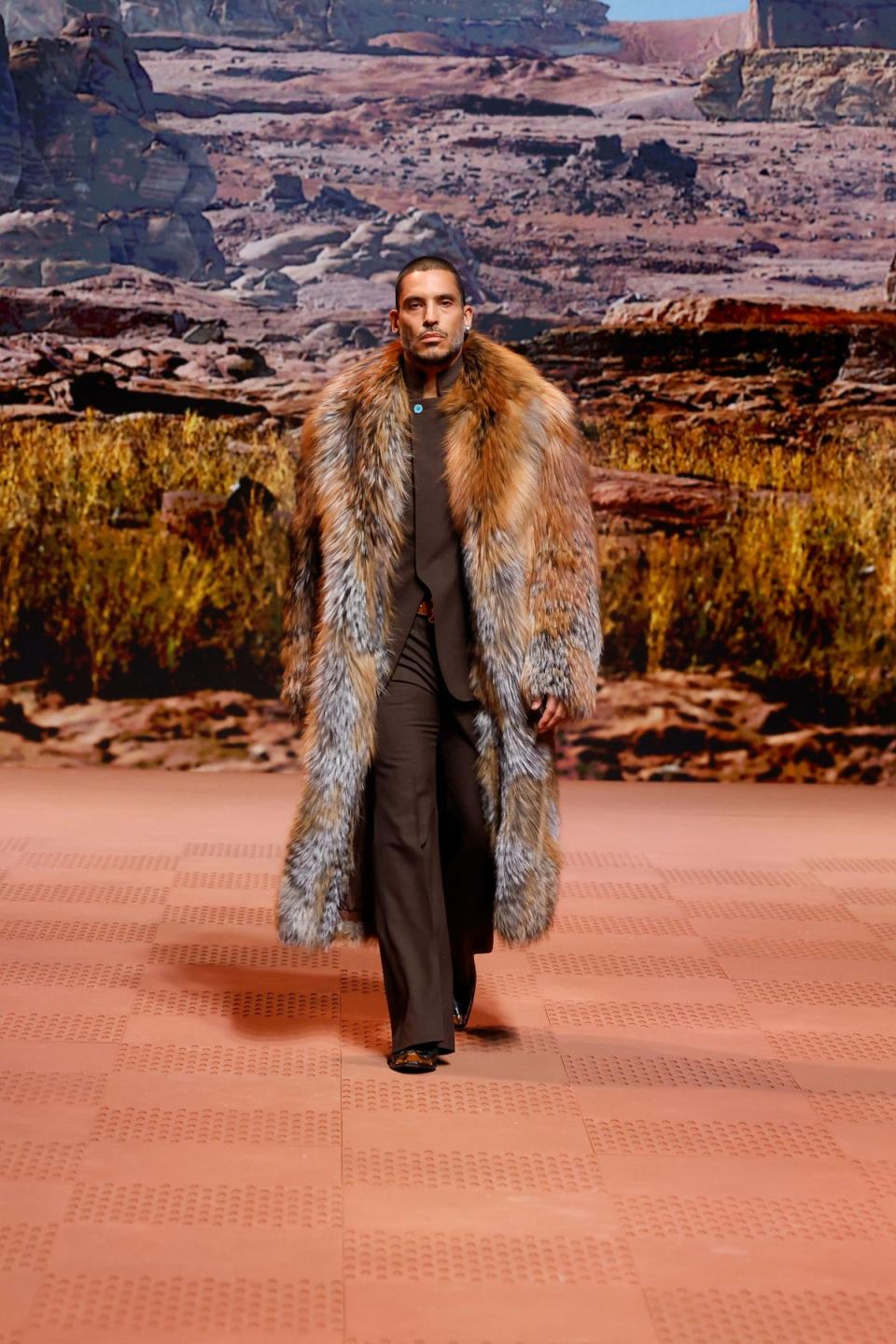
A similar story played out in the luxury fashion industry globally, led by Calvin Klein’s decision to exclude fur products in 1994. They were followed by Ralph Lauren in 2006, Tommy Hilfiger in 2007, Giorgio Armani in 2016, Michael Kors and Gucci in 2017, and, in what was a watershed moment, Chanel, Coach, Chloé, Bottega Veneta, Burberry and Versace in 2018. Since, Prada, Saint Laurent, Canada Goose and Dolce & Gabbana have also all pledged to turn fur free.
But a handful of household brand names do continue to sell new farmed fur, including Fendi and Louis Vuitton. The latter, whose menswear is now designed by singer Pharrell Williams, showed full length coats and bomber jackets made of “red fox fur” this January. The house would not detail its sourcing.
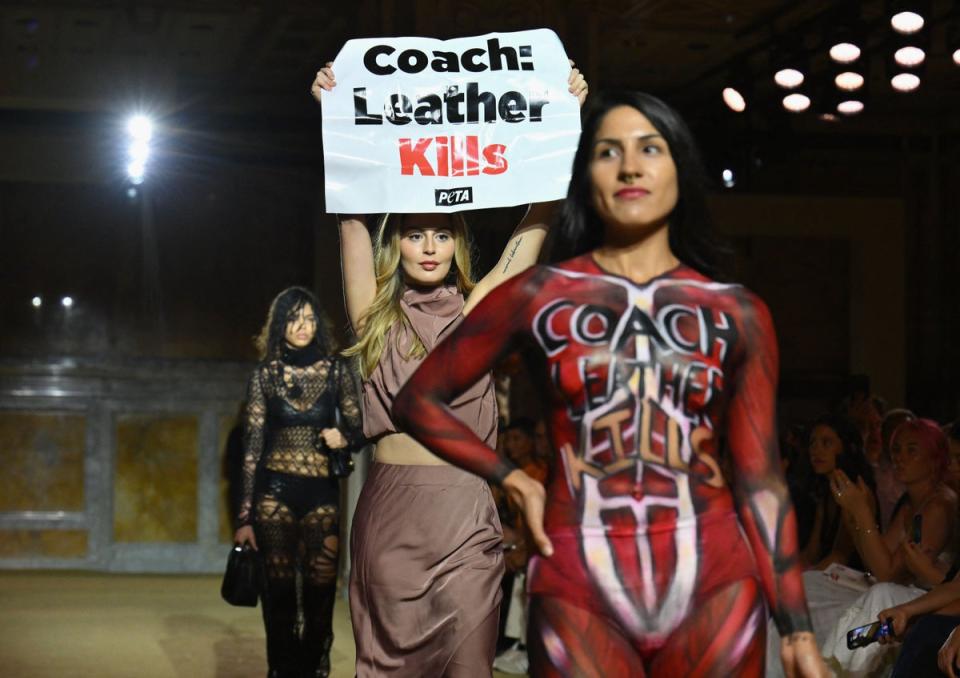
And so the PETA protesters power on, too. During the last womenswear ready-to-wear season, September to October 2023, activists returned to their notorious catwalk breaking and entering tactics, triggering “Gisele fur scum” banner PTSD from Victoria Secret runways circa 2002. Shows targeted for their use of exotic skins or leather last year included Hermès, Coach, Burberry and Gucci. Campaigners will likely be staple of the upcoming show circuit again in February.
“Fashion trends come and go, but real fur – skin stolen from animals’ backs – has been laid to rest forever, full stop,” says Elisa Allen, PETA Vice President of UK Programmes and Operations. “Today, all but an ignorant or arrogant few, desperate to draw attention to themselves, reject this product of extreme violence.”
Anti-fur and second hand fur wearers would both, generally, agree against the slaughter of any more bunnies in the name of beauty. But to those that say wearing vintage fuels the fur farming industry, Chawner is defiant. “Absolutely. And on the same note, you can also say faux fur does the same. With most of them, you can’t tell what is real or not.”
This is often true. It's a grey area fashionistas have long played into to grant their beloved furs green passes in more unaccepting times – cue the perennial lie: “this? Oh, it’s fake.” Herein lies the difference: the next generation just can't understand why you'd dress it all up with a faux act.

 Yahoo News
Yahoo News 
